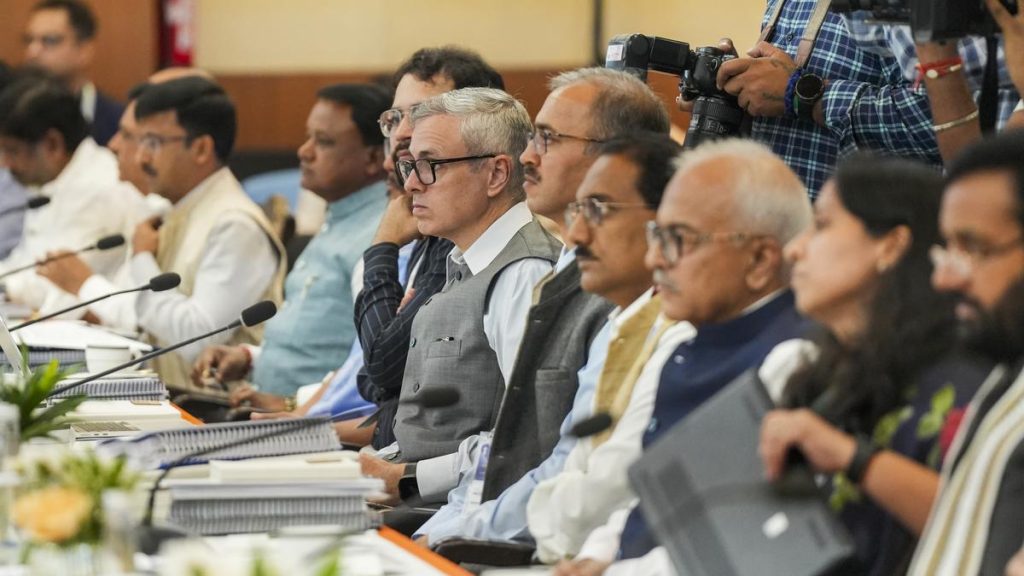Now Reading: BITS Pilani Hyderabad Pioneers Organic Waste Management Innovation
-
01
BITS Pilani Hyderabad Pioneers Organic Waste Management Innovation
BITS Pilani Hyderabad Pioneers Organic Waste Management Innovation

Fast Summary
- Researchers at BITS Pilani’s Hyderabad campus have developed the Sandwich Aerobic-Anaerobic-Aerobic (SAAnA) reactor for organic waste management.
- Created by researcher Atun Roy Choudhury and Professor Sankar Ganesh Palani,the technology is patented and supported by the Ministry of Education’s Kapila Scheme.
- The SAAnA reactor processes various types of organic waste, such as municipal solid waste, slaughterhouse waste, landfill leachate, and faecal sludge.
- It reduces treatment duration from up to 60 days in conventional systems to 23 days using a three-phase process:
– Aerobic pre-treatment: Accelerates decomposition over five days.
– Anaerobic digestion: Generates biogas with enhanced methane output over 13 days. Around 20% of biogas is recycled for increased efficiency.
– Aerobic post-treatment: Produces nitrogen-phosphorus-potassium-rich biofertilizer within five days.
- Key advantages include high biogas yield (up to 0.8 m³ per kg), cost efficiency due to gravity-driven operation, and production of quality biofertilizer without additional processing.
Indian Opinion Analysis
The development of the SAAnA reactor signifies an innovative approach to urban organic waste management in India. by drastically reducing treatment time while yielding both renewable energy (biogas) and high-quality fertilizer with minimal operating costs, this technology has potential applications in addressing key challenges like increasing landfill burdens and sustainable resource utilization. Its energy-efficient structure aligns with India’s push toward cleaner technologies under initiatives such as Swachh Bharat Mission.
Though, large-scale implementation will require further analysis on logistical aspects like infrastructure compatibility with existing practices across municipalities or regions facing diverse climatic conditions. If successfully adopted on a broader scale domestically or globally,contributions from indigenous innovations like these could help India emerge as a leader in green technologies while also mitigating urban environmental concerns.























